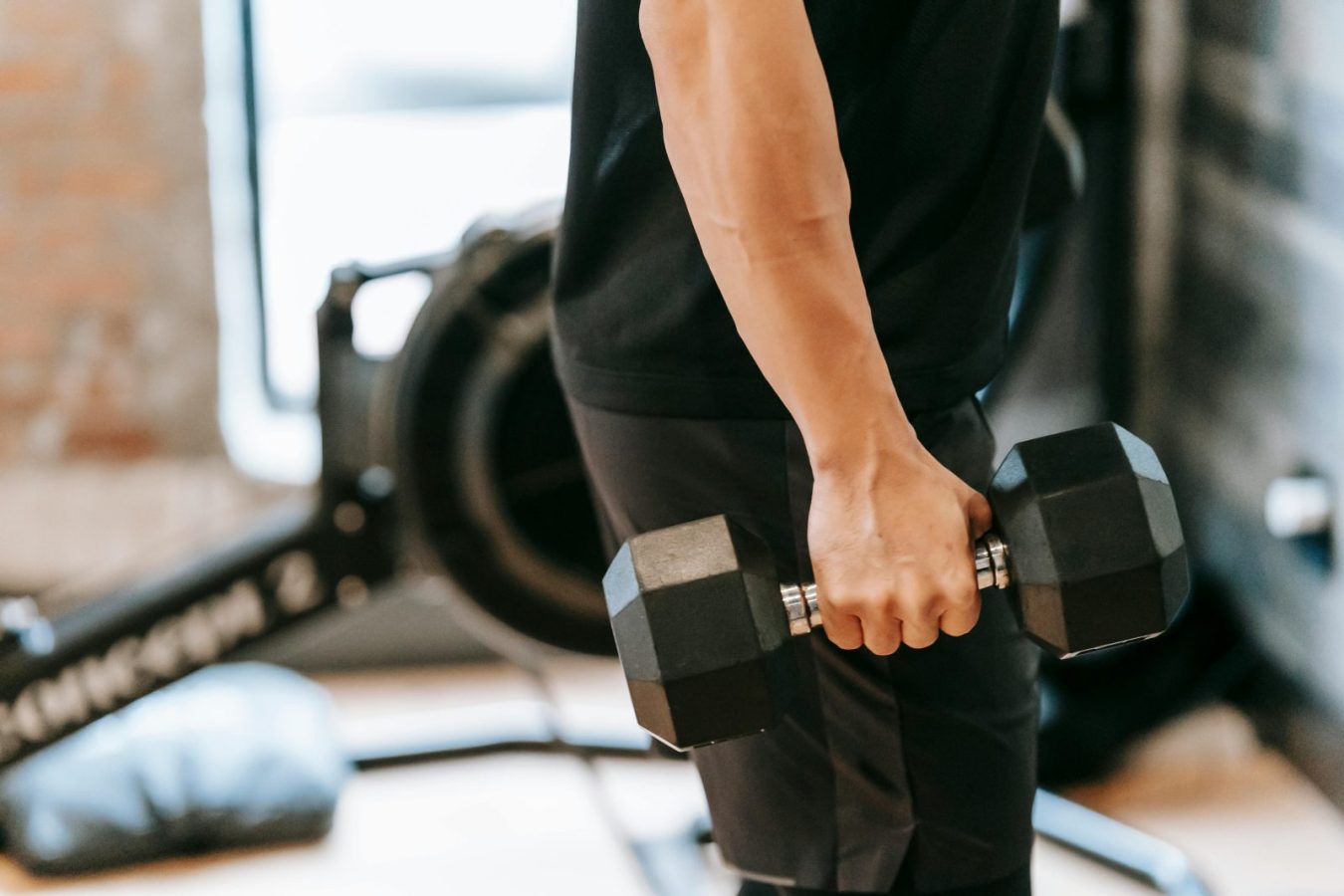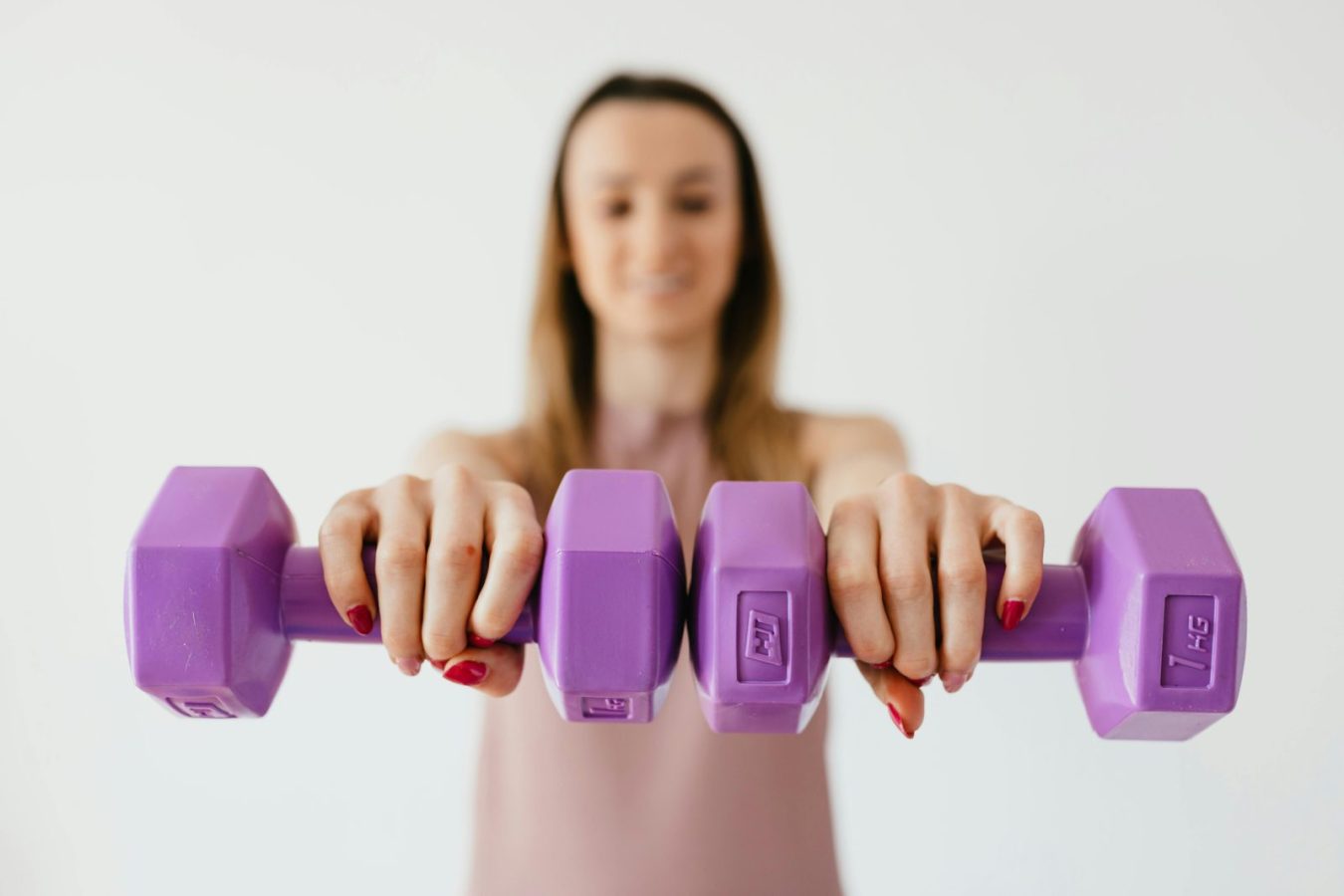TL;DR: The best exercises for weight loss at home are simple bodyweight and band movements arranged into short, structured sessions (EMOM/AMRAP/interval circuits). Pair them with light cardio bursts, track progress weekly, and follow a repeatable four-week plan.
If you’re looking for the best exercises for weight loss at home, you’re not alone. Many people want to get leaner, stronger, and healthier without expensive gym memberships or complicated machines. The good news is that you don’t need much space, fancy equipment, or hours of free time. What you really need is a plan that combines bodyweight training, smart cardio options, and consistency. This guide gives you a complete system: a library of proven moves, three workout formats that fit different personalities, and a repeatable four-week plan. Whether you’re in a small apartment, a busy household, or just starting again after a break, you’ll see that home workouts can be both effective and sustainable.
A Home-Based Strategy: How to Lose Weight Without a Gym
Weight loss always comes down to burning more energy than you take in, but doing it at home requires a clear strategy. A small daily calorie deficit (about 200–400 kcal) paired with non-exercise activity — climbing stairs, cleaning, pacing during phone calls — adds up quickly. Short cardio bursts like jump rope, step-ups on a sturdy chair, or brisk “laps” around your home provide an extra burn. The real foundation, though, is combining short strength circuits with these bursts. This way, you maintain muscle while increasing total daily movement, which makes fat loss more predictable and sustainable.
Equipment: None, Minimal, or Budget-Friendly
The beauty of home training is that you can adapt to whatever you have on hand. You don’t need a lot of gear to start, but a few smart additions can multiply your options and progression paths.
- Zero equipment: Air squats, push-ups, glute bridges, planks, and dead bugs form a complete beginner program. A sturdy chair doubles as support for split squats or incline push-ups.
- Minimal gear: Add a resistance band and a yoga mat. Bands unlock rows, presses, and hip hinges without heavy weights; the mat protects your knees and back.
- Budget add-ons: Two dumbbells (5–10 kg each) and a jump rope massively expand your routine. A backpack filled with books works as a “makeshift kettlebell” for progressive overload if you’re not buying equipment yet.
Warm-Up and Joint Protection at Home
Even at home, a quick warm-up matters. Spend 3–4 minutes on joint rotations (neck, shoulders, hips, knees, ankles), dynamic stretches like leg swings, and activation drills such as glute bridges and dead bugs. You’ll move better, reduce injury risk, and get more from every set.
Exercise Library: Five Core Moves
When people talk about the best exercises for weight loss at home, it often comes down to a few simple moves you can do anywhere. Think of them as your “core toolkit” — like the basic tools you’d keep in a drawer: a hammer, a screwdriver, some tape. You don’t need a giant collection, just a handful of reliable options you can always count on.
- Squats: Imagine you’re about to sit down on a chair behind you. That’s the movement. Keep your heels planted, chest lifted, and avoid letting your knees collapse inward. As you get stronger, hold a backpack in front of your chest — suddenly your living room squat feels like gym training.
- Lunges / Split Squats: These are your “balance builders.” Step forward into a lunge, or rest one foot on a chair for Bulgarian split squats. Keep your torso tall, eyes forward — like you’re walking confidently into a meeting, not wobbling side to side.
- Hip Hinge / Deadlift Variation: Think of closing a car door with your hips while holding a grocery bag — that’s a hip hinge. Push your hips back, keep your spine neutral, then drive them forward to stand tall. Add a backpack or band when you’re ready for more challenge.
- Push-Ups: Start where you are. Use a countertop for incline push-ups, or the floor if you’re ready. Keep your elbows tucked at about 45° and your core braced — like you’re holding a plank while lowering yourself under control. Over time, narrow your hands or add reps to keep progressing.
- Rows & Core Stability: Loop a band around a doorknob or use a sturdy table for inverted rows. Pair them with planks or dead bugs to build core strength. Picture pulling yourself up onto a ledge — rows train that same powerful motion while keeping your posture strong.
Together, these movements give you a full-body routine that balances strength, mobility, and calorie burn. They’re the backbone of the best exercises for weight loss at home, and they’ll serve you no matter how small your space or how simple your equipment.
My Personal Experience
When I first started training at home, I had nothing but a yoga mat and a backpack. My “gym” was a corner of the living room between the couch and the coffee table. I remember doing squats while dinner was cooking in the oven, or rows using the edge of a sturdy table. What surprised me most was how quickly I felt stronger — not just in workouts, but in everyday life. Carrying groceries, climbing stairs, even playing with my kids felt easier. These five moves might look basic, but if you stay consistent, they’re powerful enough to change your body and your confidence.

Choose Your Level: Three Home Workout Formats
One of the reasons people give up on home training is boredom. That’s why, when we talk about the best exercises for weight loss at home, the structure matters as much as the moves themselves. Think of it like cooking: you might have chicken, rice, and veggies, but you can prepare them in different styles so dinner never feels repetitive. These three workout formats are your recipes — pick the one that fits your mood and personality, and you’ll stay consistent without burning out.
EMOM 20 (Every Minute on the Minute)
Set a timer and think of this as a fast-paced game. In minute one, you knock out your squats; in minute two, push-ups; in minute three, split squats; in minute four, a plank. When you finish early, you get a few seconds to catch your breath before the next minute starts. It feels like a personal challenge — can you stay on rhythm for 20 minutes? It’s structured, almost musical, and perfect if you like routine and rhythm.
AMRAP 15 (As Many Rounds As Possible)
This one feels like racing yourself. Set a 15-minute timer and cycle through squats, push-ups, rows, glute bridges, and mountain climbers. Count how many rounds you finish. Next time, try to beat your own score — like leveling up in a video game. Beginners can start with fewer reps, while advanced lifters can add a backpack for extra challenge. The competitive edge makes it surprisingly addictive.
Mixed Interval Circuit (25 Minutes)
If you prefer variety and can’t stand monotony, this is your best friend. Work for 40 seconds, rest for 20, then move to the next exercise. Squats, push-ups, hip hinge, rows, planks — five moves, repeated in rounds. It’s sweaty, time-efficient, and feels like the minutes fly by. Picture it as Netflix episodes: each round is short and engaging, and before you know it, you’ve powered through 25 minutes.
The beauty is that all three formats scale easily. If you’re new, start small — fewer rounds, lighter loads, more rest. If you’re experienced, push harder — add a round, slow down the lowering phase, or load up a backpack. Whatever you choose, these formats keep your training fun, repeatable, and effective — which is exactly what you need for lasting weight loss at home.
Four-Week Home Training Plan
Consistency beats perfection. Use the formats above, rotate movements, and focus on small, steady improvements.
- Week 1 — Foundation: Three sessions. Use EMOM and AMRAP once each, plus one “easy cardio” day (brisk walking, step-ups, jump rope). Prioritize learning the movements and clean technique.
- Week 2 — Consistency: Four sessions. Two structured workouts (EMOM + Mixed), one AMRAP, one light day. Add one extra set to your main strength moves or add 1–2 reps per set.
- Week 3 — Progression: Five sessions. Keep 2–3 structured formats and increase intensity by adding a round, slowing the eccentric (lowering) phase, or slightly increasing load (heavier backpack).
- Week 4 — Consolidation: Four to five sessions. Mix formats, track pace and form, and finish with a self-assessment: photos, waist/hip measurements, and performance notes.
Special Cases: Low Impact, Small Spaces, Age 40+
Low Impact: Marching in place, slow step-ups, wall sits, and isometric holds deliver a solid training effect without pounding your joints. Small Space: Use stationary patterns — static lunges, planks, table rows, band pulls — and define your “training zone” with a yoga mat. Over 40: Recovery rules. Keep intensity moderate at first, progress gradually, and prioritize sleep. Quality reps beat mindless volume every time.
Tracking Progress and Micro-Workouts
Don’t rely only on the scale. Track waist measurements, how many push-ups you can do, or how long you can hold a plank. Photos every 2–3 weeks reveal changes the scale often hides. Add “micro-workouts”: 3–5 minute sets (e.g., 20 squats, 10 push-ups, 30-second plank) sprinkled throughout the day. Over time, these mini-sessions create real results and keep motivation high.
Common Mistakes and Fast Fixes
- Skipping warm-ups: raises injury risk → do 3–4 minutes of mobility and activation first.
- Only cardio, no strength: burns calories but can cost muscle → include squats, hinges, pushes, pulls, core every week.
- Training daily without recovery: breeds burnout → schedule 1–2 lighter days.
- No progression: same reps/loads forever → add rounds, reps, or load every 1–2 weeks.
- Ignoring nutrition: workouts can’t outrun a chaotic diet → keep a small calorie deficit and adequate protein.
Science Behind the Best Exercises for Weight Loss at Home
It’s not just fitness blogs that say this — research backs it up. Studies show that combining strength training with cardio-style circuits significantly improves fat loss and overall health markers. That’s exactly why the best exercises for weight loss at home include both squats, push-ups, and lunges along with short bursts of activity. If you want proof, see this review from the National Institutes of Health, which highlights how bodyweight and resistance workouts contribute to sustainable weight management.
My Personal Experience
When I first tried the best exercises for weight loss at home, I didn’t have fancy equipment or much space—just a yoga mat and a small corner in my living room. At first, it felt too simple to make a difference, but within a few weeks I noticed steady changes: more strength, better posture, and improved energy. What surprised me most was how sustainable it felt. I could train whenever I had time—before breakfast, during lunch breaks, or in the evening—and still see progress. That’s why the best exercises for weight loss at home aren’t about perfection or big gear setups. They’re about showing up consistently and moving your body with purpose every day.
Internal Links — Explore More Guides
- Best Cardio Exercises for Weight Loss
- Strength Training for Weight Loss
- HIIT Workouts for Weight Loss
- Best Exercises for Weight Loss After 40 (coming soon)
FAQ
Can I really lose weight with just home workouts?
Yes. If you combine structured training, consistency, and a small calorie deficit, you can absolutely get results at home. The best exercises for weight loss at home are simple but effective: squats, push-ups, lunges, rows, and planks. Paired with mindful eating and enough recovery, they’re more than enough to transform your fitness — even in a small space and with limited time.
How many days a week should I train?
Three to five days a week is realistic for most people. Alternate strength-focused days with lighter activity like walking or mobility. Your body adapts best when effort and recovery are balanced.
Do I need equipment to see results?
No. Bodyweight training alone can deliver great results if you stay consistent. Equipment like bands or dumbbells simply adds variety and progression options over time.
What’s better — cardio or strength for weight loss?
Both matter. Cardio boosts calorie burn in the moment, while strength training builds muscle that helps you burn more calories all day. The best plan includes a mix of both.

